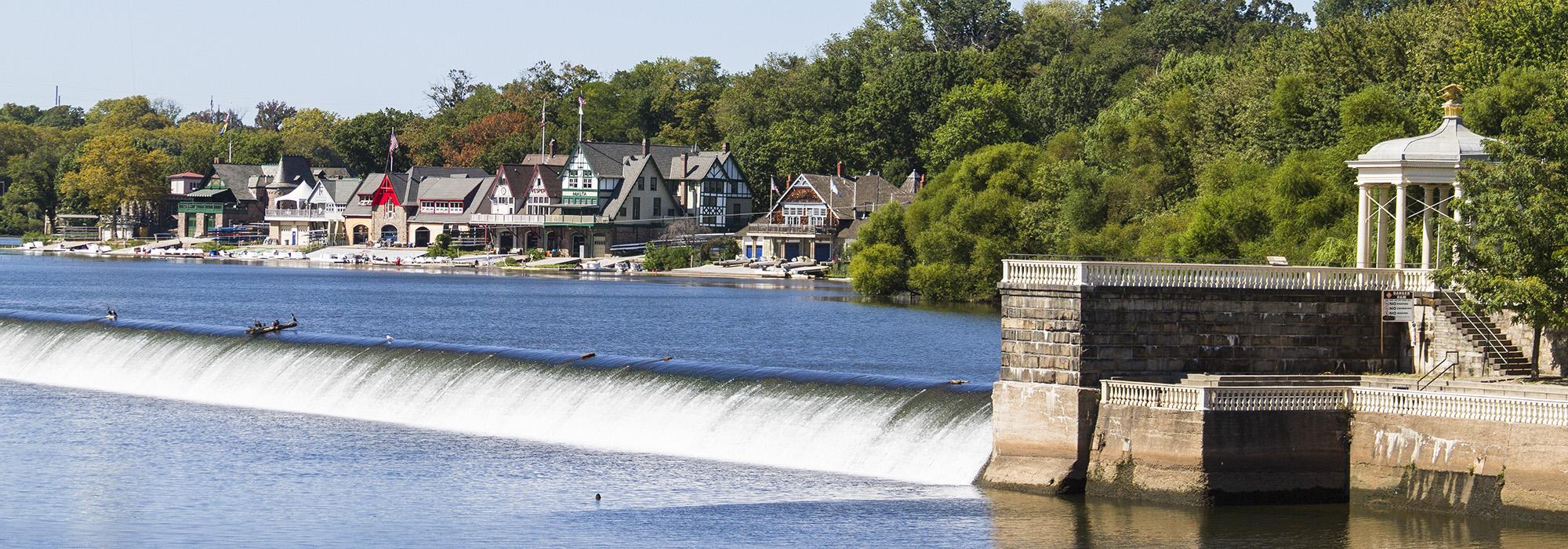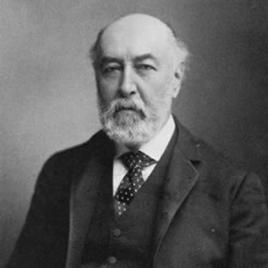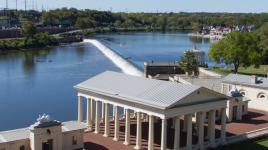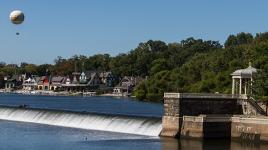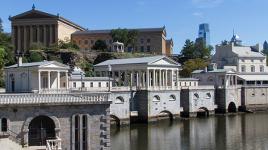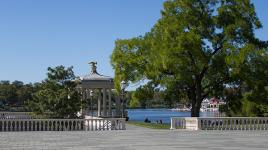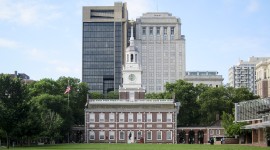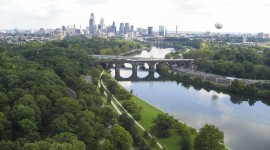Pioneer Information
Born in Philadelphia, Graff received a liberal education and was trained in engineering in his father’s office. He became assistant engineer in the Philadelphia Water Department in 1842, replacing his father, Frederick Graff, Sr., as chief engineer in 1847. In 1851 Graff proposed the extension of public parkland around the Fairmount Waterworks to prevent further industrial contamination of the Schuylkill River. Although his proposal was initially ignored, it gained public support, and the nearby Lemon Hill estate was incorporated into Fairmount Park in 1855. Graff resigned in 1856 and began working with I.P. Morris & Co. at the Port Richmond Iron Works in Philadelphia. He returned to his former position in 1867, serving until 1873. As chief engineer, Graff enlarged the pump houses for the installation of turbines at the waterworks, replaced the waterwheels with more efficient turbines, and built reservoirs and dams. Another mill house featuring a terraced roof (which became the grand plaza) was constructed at the north end of the waterworks, and a large, open, Greek temple-style pavilion was added to the original terrace. Graff also continued to enhance the features of Fairmount Park, including paved paths with ornamental railings, sculpture, and gazebos. After 1873, he practiced independently as a hydraulic engineer, working in association with Henry Worthington until 1877. Graff served as a consultant for more than 37 other waterworks, his final work being the examination of the Washington Aqueduct Tunnel. In addition to serving on the Fairmount Park Commission from 1867 to 1873, Graff was a founder and president of the Zoological Society and Gardens of Philadelphia, president of the Engineer’s Club of Philadelphia, vice president of the Museum and School of Industrial Art, member and president of the American Society of Civil Engineers, and trustee of the Academy of Natural Sciences Building Fund. He died of heart disease at the age of 72 in Philadelphia.



